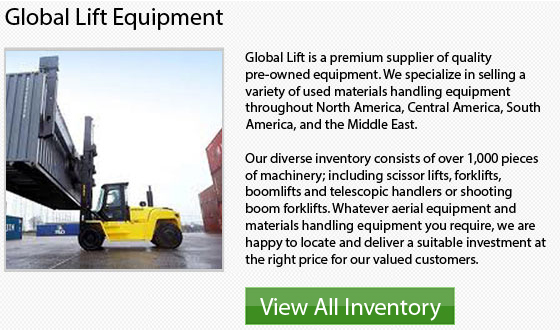
Forklift trucks are really big and strong pieces of industrial equipment. In order for them to function smoothly and efficiently, hundreds of various parts go into the manufacturing method. A lot of components should be replaced on regular basis due to breakages and damages.
Forklifts are really versatile equipment. A range of different accessories could be fitted onto the machines in order to increase their capabilities and expand the tasks they are often able to finish. Some of the major different forklift components and accessories are described below.
Fork Extensions
The fork extensions describe the forks on the forklift. These forks could can be changed entirely, or different parts can be added to them so the truck could lift a variety of different types of loads such as telescopic loads, baskets, rollers, among others.
Forklift Bearings and Seals
The seals and bearings are particular forklift parts that enable the inner workings of the machinery to operate in an optimum and efficient manner. Bearings allow two moving parts of the equipment to work together smoothly, without any friction. If not fitted properly, seals and bearings could occasionally break and wear down and these parts may have to be replaced periodically. If a bearing is the proper kind of bearing utilized for the machinery and it is properly fitted, this forklift component can easily outlive the life expectancy of the whole equipment.
Cabs
The forklift's cab is the part of the equipment where the operator sits and performs maneuvers. The cab can be open or it may have a roof, depending on the specific model. On a work site, this lift truck component normally has a roof to comply with safety measures and reduce the risk of falling materials.
Brake Forklift Parts
The brakes situated on a lift truck truck are required to be regularly tested in order to make sure that they are in safe working condition. Often, these parts must be replaced due to damage or extended wear.
Tires and Wheels
The wheels and the tires are the lift truck parts that are most often damaged. Problems occur because of punctures from sharp objects on the floor and slashes from uneven and rough floor boards.